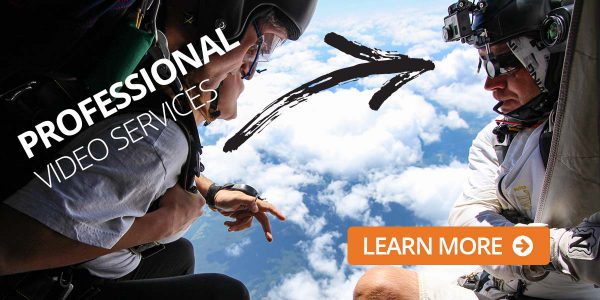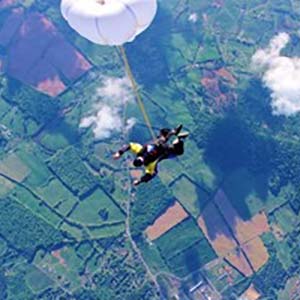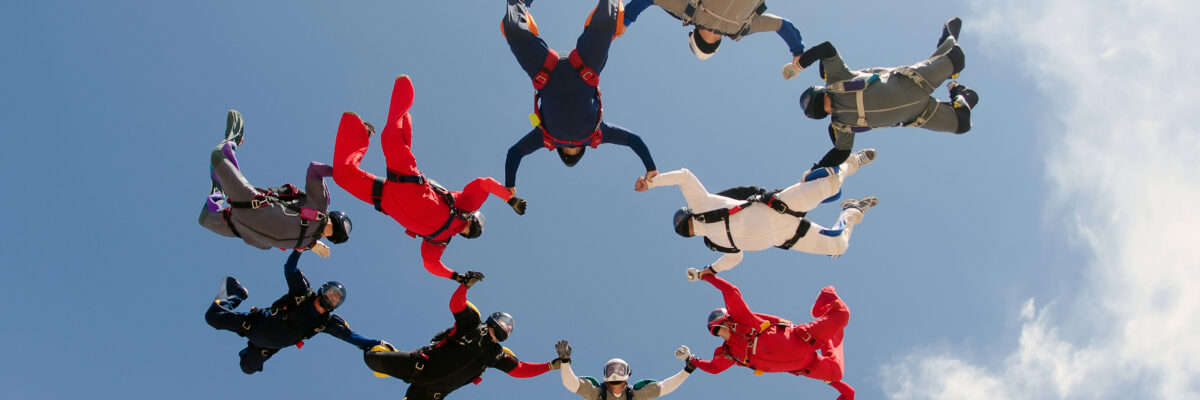
Different Types Of Skydiving Competitions
Thursday, December 22, 2022
- Whitney Payne
- 12/22/22
- 0
- Skydiving Information
Did you know that skydiving competitions were even a thing? If you did, consider yourself one of the relatively few who are informed! Most folks are unaware that skydiving competitions even exist, or that there are different competitive skydiving disciplines!
Want to count yourself as one of those in the know? Keep reading to learn all about the different types of skydiving competitions!
Not Just A Bucket List Item
Skydiving isn’t just a bucket list item; it’s a diverse and competitive sport!
Although many make their first tandem jump solely looking to cross an item off their list, those who are bitten by the skydiving bug quickly realize that there are many different types of skydiving aside from tandem skydiving. As individuals become more involved in the skydiving world, they learn, too, that there are skydiving competitions for each of those different types of skydiving.
Skydiving Competitions
Skydiving competitions are held at the state, national, and international levels. From local, low-pressure meet-ups, to high-stakes championships on the world stage, skydiving competitions are an integral part of the sport of skydiving.
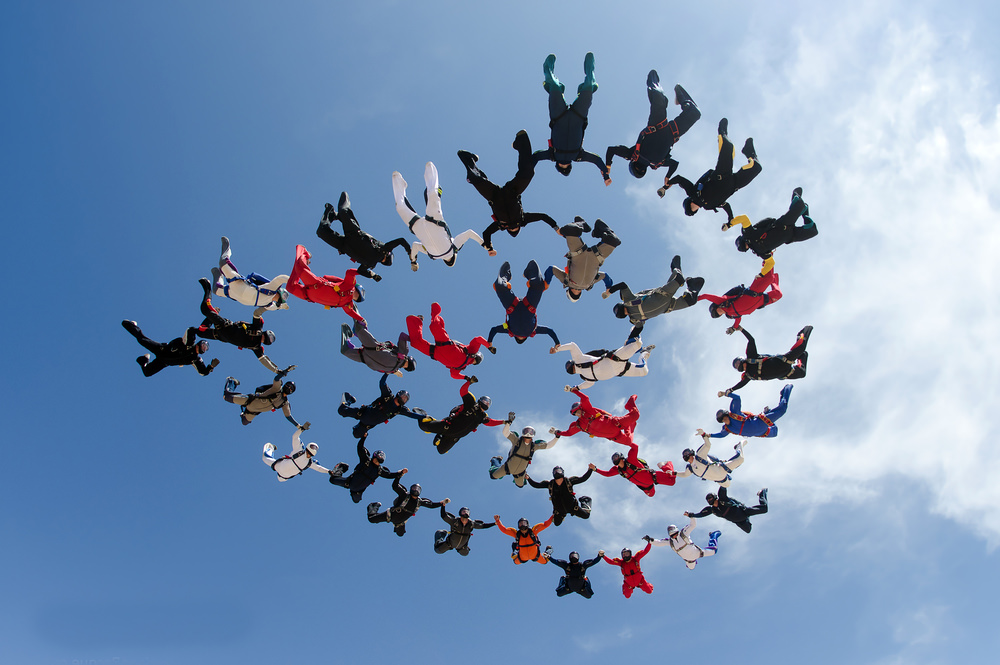
Competitive Skydiving Disciplines
There are eight primary competitive skydiving disciplines recognized by the United States Parachute Association:
1. Formation Skydiving
Formation skydiving can be done either in a belly-to-earth orientation, a vertical orientation (alternating between either having the head or feet toward the earth), and a back-to-earth orientation. The size of the skydiving teams will vary based on the subdiscipline they are competing in:
In Relative Work Formation Skydiving, where participants are skydiving in a belly-to-earth orientation, competition teams consist of four or eight participants, plus a videographer.
In Mixed Formation Skydiving, where participants may be flying in either a vertical orientation, a belly-to-earth orientation, or a back-to-earth orientation, teams consist of two participants and a videographer.
In Vertical Formation Skydiving, competition teams consist of either two or four participants and a skydiving videographer.
For each skydiving competition, teams must build a predetermined sequence of skydiving formations and moves within an allotted amount of time.
2. Artistic Events
There are two Artistic skydiving competitions: Freestyle and Freeflying. Both events consist of a series of compulsory and free routines completed over seven rounds.
Freestyle skydiving teams consist of a single participant and a videographer. Freestyle routines utilize every axis with a choreography that employs ballet-like movements.
Freefly skydiving teams consist of two participants and a videographer. Freefly teams favor traditional orientations in their routines, either head up or head down.
3. Speed Skydiving
Speed skydiving is a relatively new skydiving competition with a simple goal: to freefall as fast as humanly possible. By streamlining the body position and minimizing drag, speed competitors reach speeds up to 300 mph! To have accurate freefall data, participants wear GPS units that track their movements.
4. Wingsuit Flying
There are two wingsuit skydiving competitions: Acrobatic Wingsuit Flying and Wingsuit Performance Flying.
An Acrobatic Wingsuit skydiving team consists of two performers and a videographer. The two performers compete in compulsory rounds and freestyle/creative rounds building formations while in flight.
A Wingsuit Performance team consists of just one competitor. The wingsuit flyer covers a 1000-meter vertical course, focusing on one of three tasks each round. The three tasks to achieve are maximum distance, maximum speed, or maximum time of flight. Like the Speed Skydiving competition, performance is judged using a GPS receiver that is mounted to the skydiver’s helmet.
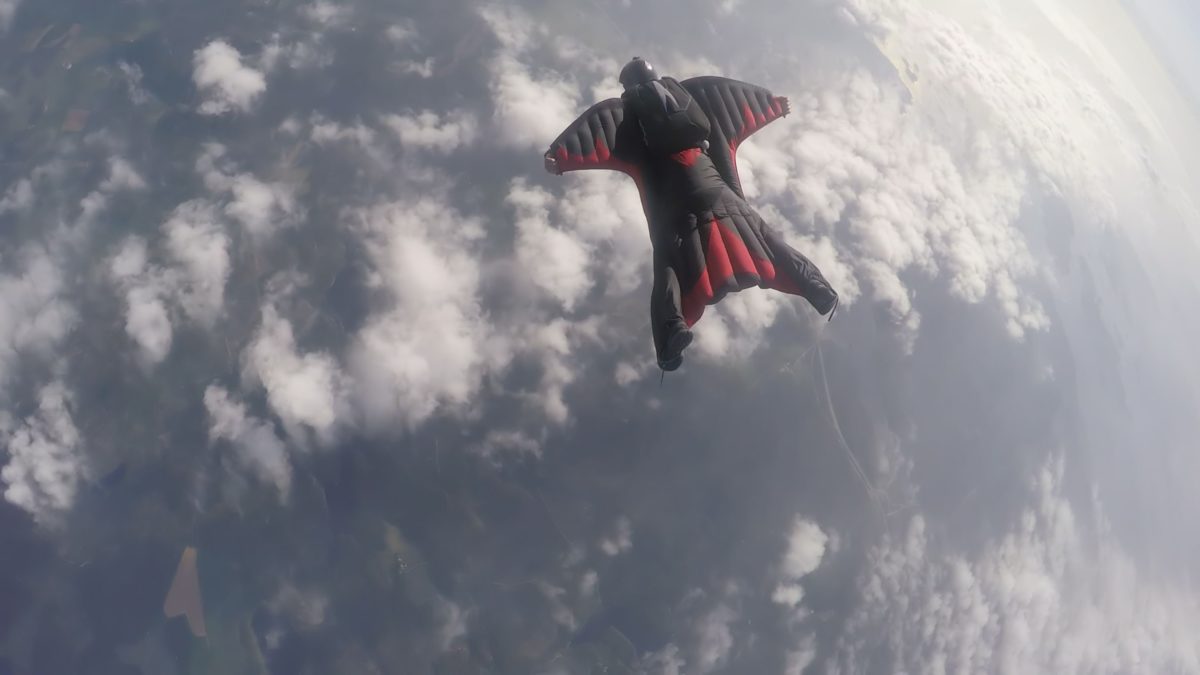
5. Canopy Formation
Also known as Canopy Relative Work, the skydiving competition Canopy Formation involves teams of two to four performers and a videographer. Participants deploy their parachutes immediately after exiting the aircraft. As the name implies, the goal of this skydiving competition is to build formations by linking parachute canopies together in flight.
6. Accuracy Landing
In the Accuracy Landing skydiving competition, teams consist of a single individual or four participants. The goal of the Accuracy Landing skydiving competition is to fly their parachute in order to land on the center of a target that is 2 centimeters in diameter. (That’s about the size of a penny!)
7. Canopy Piloting
In the Canopy Piloting skydiving competition, skydivers deploy their parachutes shortly after exiting the aircraft and fly their parachutes through a predetermined course over land and water. Competitors are scored on speed, distance, and accuracy.
8. Canopy Piloting – Freestyle
Canopy Piloting – Freestyle competition consists of participants performing pre-declared tricks while flying a parachute at high speed across water and landing on shore. Judges score each flight based on the difficulty of the trick, the execution, and the artistic style involved.
Take the Leap!
Whether you’re interested in making your first jump, learning to skydive, or training for competition, Skydive Orange can help you achieve your dreams. Reach out! We are happy to help you reach your goal.
The largest tandem skydiving center near Northern Virginia, Washington D.C. and Maryland.
Copyright © 2025, Skydive Orange, All Rights Reserved.
DropZone Web Design & Marketing by Beyond Marketing, LLC
